This page contains some affiliate links. Please review my disclosure policy.
Is retinol clean beauty? We’re exploring what retinol is, how to use it and if retinol technically qualifies as clean beauty.
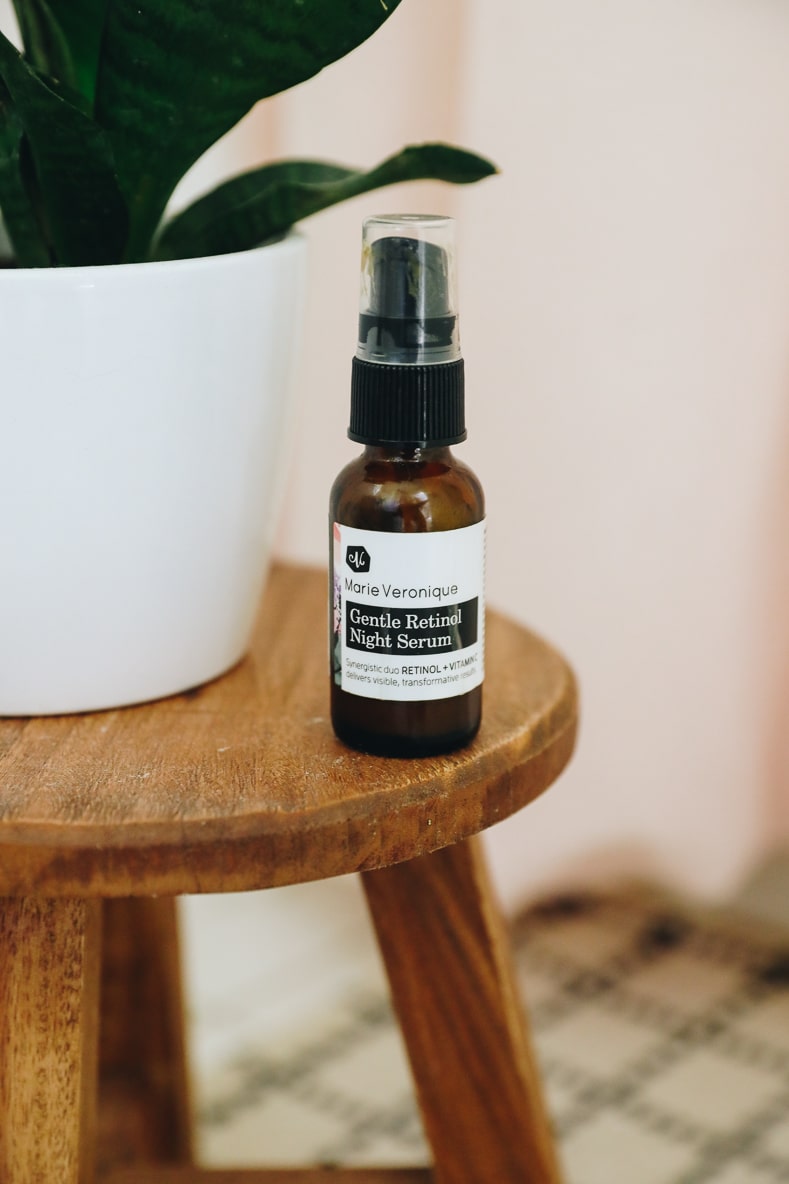
Table of Contents
- What is Retinol?
- Is retinol-based skin care safe?
- What does retinol do?
- Precautions and Side Effects of Retinol
- How long does it take to see results?
- When to apply retinol in your skincare routine?
- How is Marie Veronique’s Gentle Retinol Serum different from conventional retinoid products on the market?
- The Best Clean Retinol Products
- Natural Alternatives to Retinol
- The Results! Retinol Before + After
My first introduction to retinol was 6 years ago when I walked into my doctor’s office begging for something to help with my cystic acne. Up until that point (age 25) I had never dealt with acne. Sure the occasional zit but the skin gods had my back through my teenage years and early adulthood. Then everything changed. At 24 I switched birth controls (we can talk about my horrible experience with the Mirena IUD another day) and then switched off hormonal birth control entirely. And my skin freaked out. I assumed it was triggered by the IUD and then when I came off of it my acne would go away, but it never did. I was 25 with full blown acne all over my face, back and chest.
My doctor prescribed me an antibiotic and a topical retinoid called Tretinoin and sent me on my way. I stuck to both pretty religiously for 6 months and none of it helped. I didn’t love being on a prescription antibiotic indefinitely and the topical retinoid bleached all my pillow cases and t-shirts so I had to sleep on a towel. Needless-to-say, retinoids didn’t exactly leave a great impression on me.
Over the years I have taken you on my skin journey and while my skin certainly isn’t perfect, 5 years later I can finally say I have it *mostly* under control. I finally figured out my skin triggers: in my case I break it due to stress and when I drink coffee (for real!) and a skincare routine that works for me. But the reality is that I can’t always control my stress and avoiding coffee is more difficult for me than I’d like it to be. This past January I was dealing with an immense amount of stress and was struggling to sleep. I was drinking a litttttle too much coffee to stay awake during the day and the results led to a pretty bad breakout around my jawline. Stress and coffee both affect hormones so it’s no surprise my acne appears on my jawline where women typically break out due to hormones.
Once things calmed down (kind of) and I started sleeping better, I stopped seeing a ton of new active breakouts but the scarring was still pretty bad. I knew I needed something a little stronger to help with skin cell turnover and reduce redness. And well, I’m turning 35 this year and don’t hate the idea of using something that reduces fine lines and wrinkles. Enter retinol.
Many of you know that I’ve been a HUGE fan of the Marie Veronique Intensive Repair Serum for years. So when I was looking at some of MV’s other products and discovered their gentle retinol, it peaked my interest. I purchased it in early March and began my retinol journey. In the process I decided it was time I learn a bit more about retinol (and retinoids!) and if it technically qualifies as “clean beauty”. I also reached out to the MV team to help me answer some of the questions I have. Below is everything I discovered and why this go around, my experience with retinol is very different from my first time using it. Let’s jump in.
What is Retinol?
The term “retinoids” refers to vitamin A and the various compounds derived from vitamin A, including retinol. The retinoid family comprises of retinoic acid (Tretinoin), Retinol, Retinaldehyde, Retinyl Palmitate, Retinyl Propionate, Adapalene, Tazarotene, and Isotretinoin.
According to the team at Marie Veronique: “Retinyl palmitate, retinol, retinaldehyde and retinoic acid are all retinoids. Retinol is one example of a retinoid, and one useful in skin care because it converts to retinoic acid that leads to improvement of skin quality.”
Retinol has shown to increase cell turnover of the skin, stimulate collagen, fade pigmentation and treat acne. (Source)
Okay but what’s the difference between all the types of retinoids? Interestingly, they all eventually convert to the same thing: retinoic acid when they bind to receptors in skin cells. However, retinoic acid (as my first experience describes) applied directly can be extremely harsh on sensitive skin. The goal is to balance a product so that it isn’t so harsh applied directly but doesn’t have to convert through so many steps that it loses its efficacy. You want a happy medium…enter retinol!
Is retinol-based skin care safe?
From all of my research around retinol – yes! It has been used since the 1940s and is one of the most researched and recommended skincare products. According to MV: “Retinol-based skin care is very safe, which is why you can get retinol based skin care products over the counter.”
When it comes to retinol and clean beauty it really depends on how you define “clean”. Retinol is safe, however it is synthetic. I personally do use some safe synthetics in my skincare routine. If you define “clean” as meaning entirely plant-based then retinol (vitamin A) wouldn’t qualify but we’ll discuss some plant-based alternatives below.
What does retinol do?
Retinol is basically a skin superhero. According to our skincare specialist at Marie Veronique, retinol:
- Improves water barrier properties
- Increases collagen synthesis
- Reverses signs of photo-aging
- Clears up acne by regulating sebum production
- Improves scarring, irritation and dark spots by normalizing skin cell development.
This is why people look at retinol as the answer to all your anti-aging prayers. Many people find that it reduces fine lines and wrinkles but as listed above it clearly goes beyond this.
Precautions and Side Effects of Retinol
There are some potential side effects of retinol that you need to be aware of. I get into strengths below but a lot of these side effects can be avoided by just using the appropriate strength for your skin. Please, please start small and slowly increase. If you start with too high of a strength, too often you are more like to experience:
- redness
- dry, irritated skin that could burn, itch or flake/peel
- phyto-sensitivity
The use of retinol can also increase your sensitivity to the sun so you must wear SPF when retinol is in your skincare routine (and always!).
Note: Retinol is not recommended for use if you are pregnant or breastfeeding. Though studies show that it is highly unlikely and would require heavy use of topical vitamin A, retinoid embryopathy (birth defects caused by vitamin A) is real (source).
How long does it take to see results?
According to the skin expert at Marie Veronique, “It usually takes 1 to 2 cell turnover rates, or about a month to two months, to see results.”
From what I’ve learned, to see more noticeable results you need to continue using retinol regularly for 3-6 months, especially “if the damage is long standing it can take longer.”
In my personal experience it took about a month to start seeing noticeable results, namely a decrease in acne scarring and fewer blemishes. That being said, I definitely experienced a skin purging in the first month. Everything I read told me to wait it out and I’m glad I did. Photos below for results.
When to apply retinol in your skincare routine?
Retinol has kind of specific instructions for application. You want to only apply retinol at night after cleansing. It does make you more sensitive to the sun so you want to make sure you’re applying at night and rinsing or cleansing your face in the morning. Here’s how I incorporate retinol into my routine:
- Cleanse
- Tone
- Retinol (in place of other serum)
- Moisturizer
From what I’ve read, using retinol every night is less important than using it consistently. Start by incorporating it into your routine 2-3x/week and then build to more if needed.
How is Marie Veronique’s Gentle Retinol Serum different from conventional retinoid products on the market?
Now not all retinoid products are created equal. Besides the fact that many over-the-counter retinoid products contain other ingredients you may want to avoid in your natural skincare routine, they oftentimes contain a high strength of retinoid that can shock your skin when you start using it. You’ll want to look for something a bit more gentle to ease your way in. Sharing a bit more about Marie Veronique’s Gentle Retinol Serum and what makes it different:
“A major difference is that it contains Vitamin C as ascorbic acid. Skin cells can’t make collagen without C, so the amount of collagen your skin makes actually depends on how much C is in the cells. Retinol sends the message to the cell to make collagen, but the rate at which collagen is made is dependent on the presence of vitamin C. That’s why our retinol serum also contains ascorbic acid–it contains retinol to send the message and the building material (Vitamin C) to make it.
Combining Vitamin C and retinol can be tricky as Vitamin C is stable at a low pH and retinol at a somewhat higher one; we encapsulate our retinol so it is stable in the low pH medium of the serum. Besides encapsulated retinol and the Vitamin C/retinol combo another point of difference is that we are microbiome friendly. We use microstatic rather than microcidal preservatives that do not affect microbial flora and fauna balance.”
The Best Clean Retinol Products
Clearly based on this post and my results (below), I’m a big fan of the Marie Veronique Gentle Retinol. However I do want to include a few others, which I cannot personal vouch for (yet!) but have great reviews:
Marie Veronique Gentle Retinol
You’ll notice the price point on all of these is kind of insane. The reality is that any retinoid product is expensive (even the over-the-counter ones from the drugstore!) but I’ve always said that if you’re going to invest in any part of your skincare, it should be your serum. For context, I’ve used the MV Gentle Retinol for 4 months now and am only about a 1/3 of the way through so it definitely lasts.
Natural Alternatives to Retinol
If you’ve ever walked into a beauty store and asked about natural alternatives to retinol (hi, hello it’s me!) you may have gotten a confused look. Plant-based retinol doesn’t exist because retinol can only be made in a lab. That being said there are some products that achieve similar results. Is there a perfect natural match for retinol products? No, there aren’t. But there are some products that have similar (albeit less effective) results? Yes. So let’s chat about those:
Rosehip oil – Rosehip seed oil is packed with essential fatty acids and antioxidants. It’s been used for wound healing and the reduction of scars and fine lines for years. (Source)
Bakuchiol – Bakuchiol come on the scene a few years ago as a plant-based alternative to retinol. It brightens dark spots and hyper-pigmentation and has been shown to help with wrinkles, skin color and tone. (Source)
Squalane oil – Squalane oil is packed with antioxidants that can fight skin damage. It has been shown to boost collagen and could help with a variety of skin conditions including acne and eczema. (Source)
The reality is that none of these will work quite as well or nearly as fast as retinoid products will. They each have their own benefits and can be used in conjunction with retinol but if you’re looking for something super effective, don’t be afraid of a safe synthetic, like retinol.
The Results! Retinol Before + After
So I never really planned to do a before and after comparison mainly because I really was experimenting with retinol just for myself. However, when I started to see the results I knew I had to share. As a result my pictures are not the best. I randomly took a picture of my skin right after my series of breakouts in January. What you see in the before is the leftover scarring. I tried to mimic the same picture for my “after” to keep the comparison as similar as possible (same location, shirt, direction etc…).
As you can see the scarring has gone way down and I barely have any active breakouts. Overall my skin texture and skin tone feels way smoother and less red. As I mentioned, the first month I definitely had some breakouts from my skin purging but nothing too crazy. These pictures were taken approx 3 months apart.


Again, probably not the best pictures to compare, but that’s what I’ve got! I can say for certain that my skin has definitely improved since I started using the Marie Veronique Gentle Retinol.
Got questions? Hit me! Would love to chat all things retinol + clean beauty.
Like this post? Here are a few others you might enjoy:

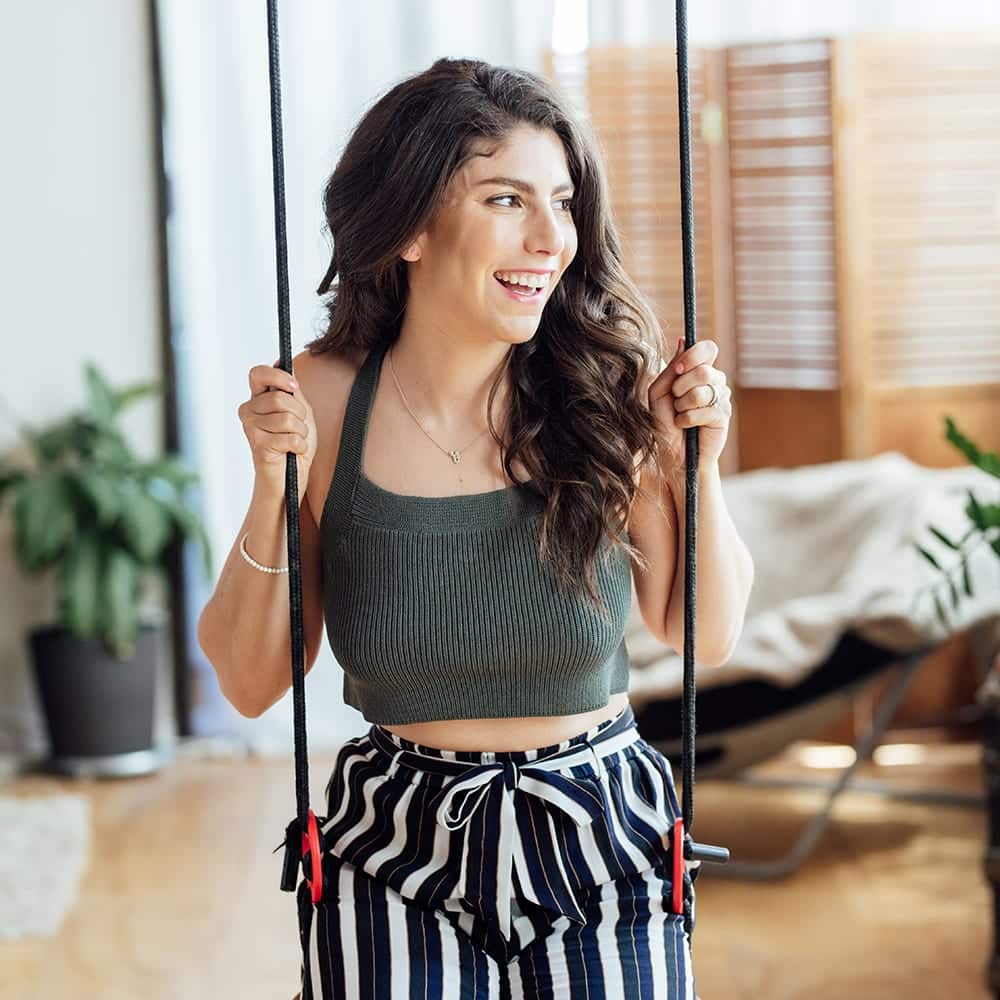
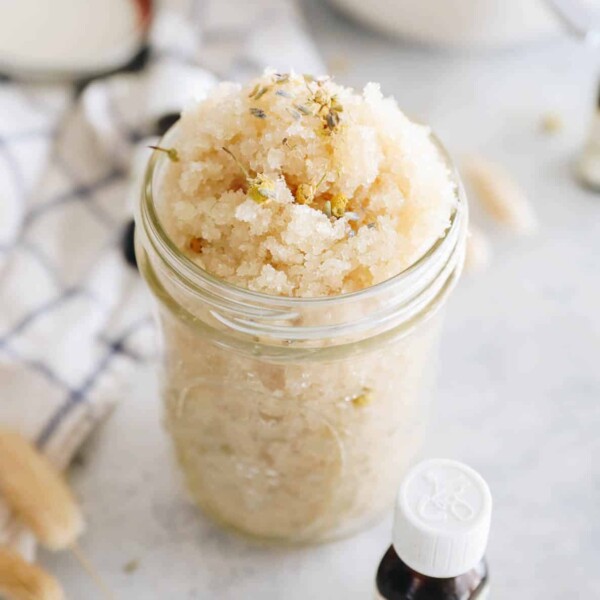
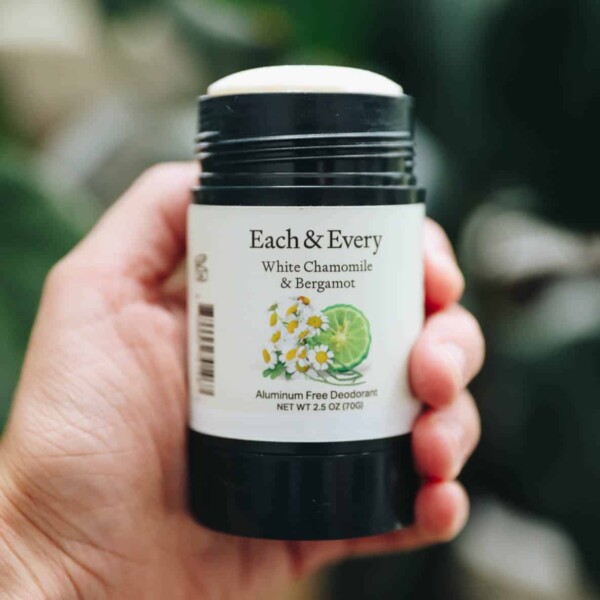
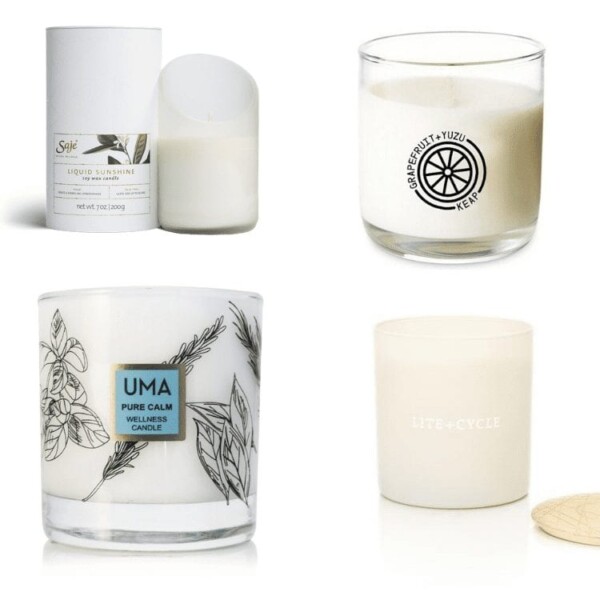
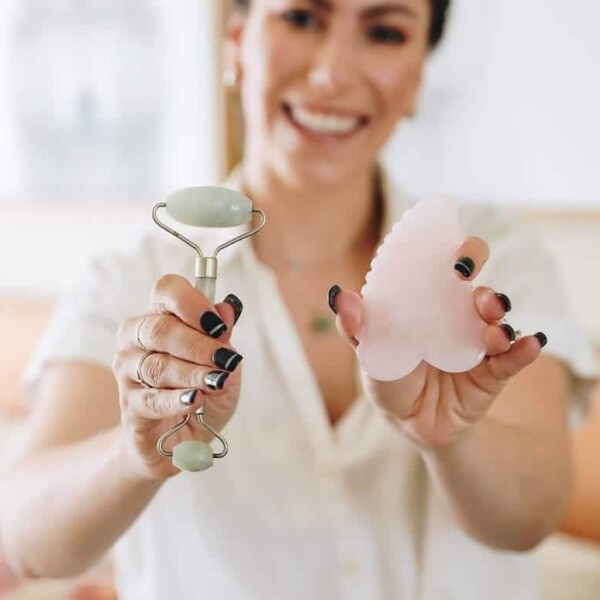


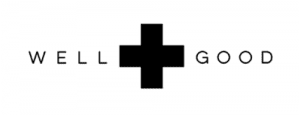


Thanks for this great article. I’ve found the retinol thing confusing – what’s retinol, what’s retinoid, which one should I use?
This explained things really well.
Hi do you also put retinol in your body… like add it to your lotion?